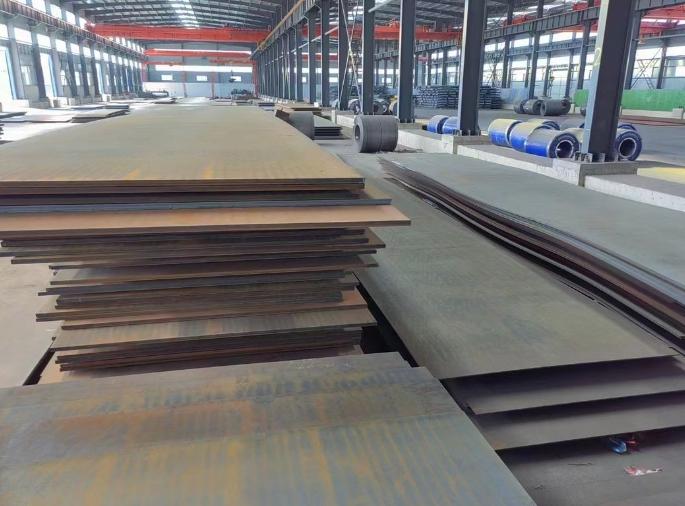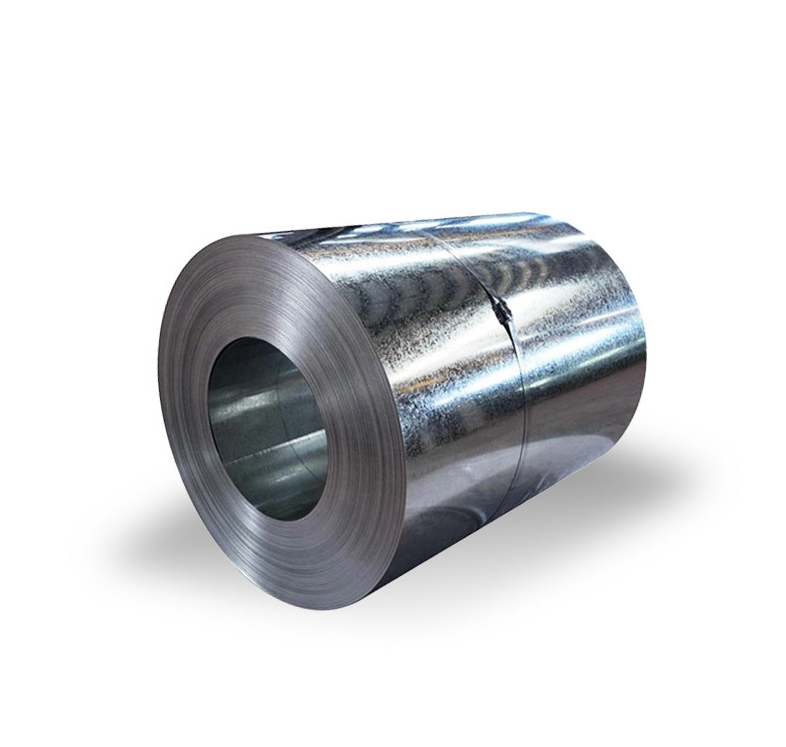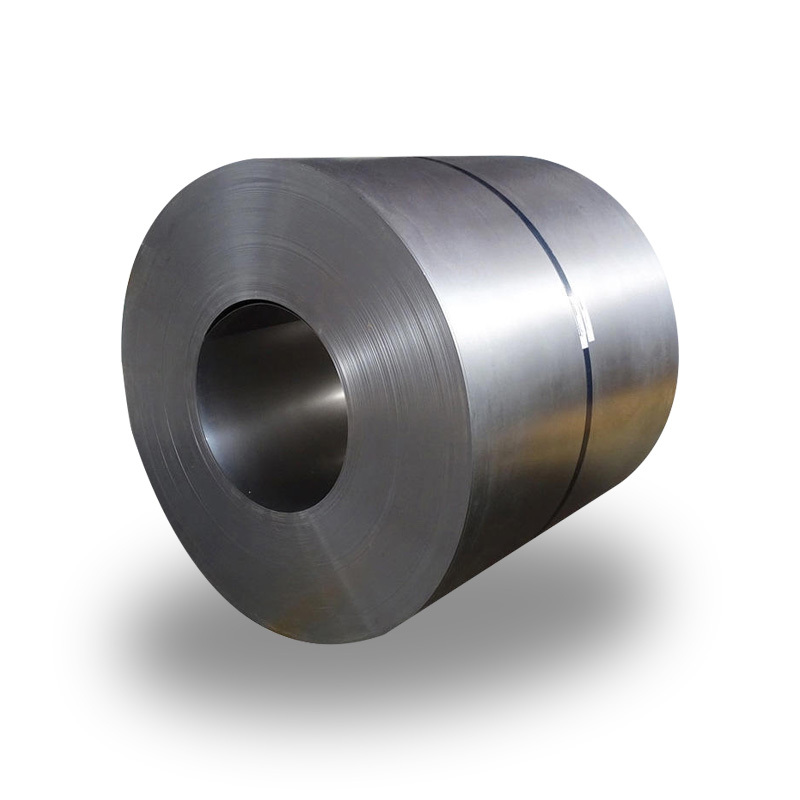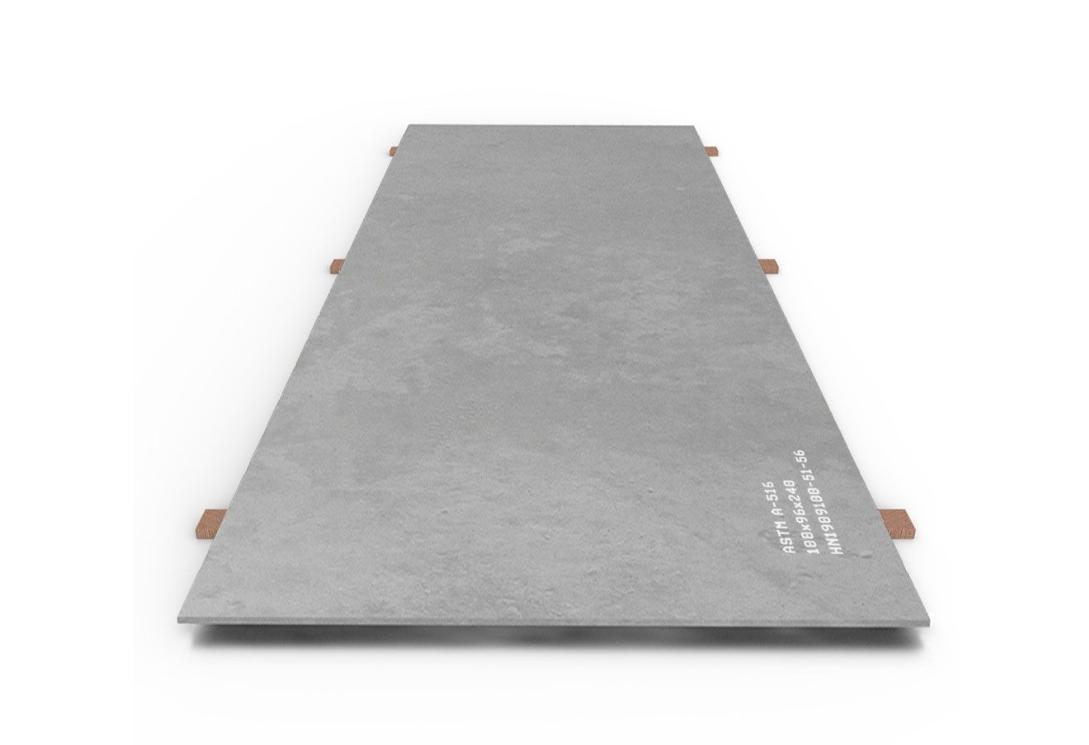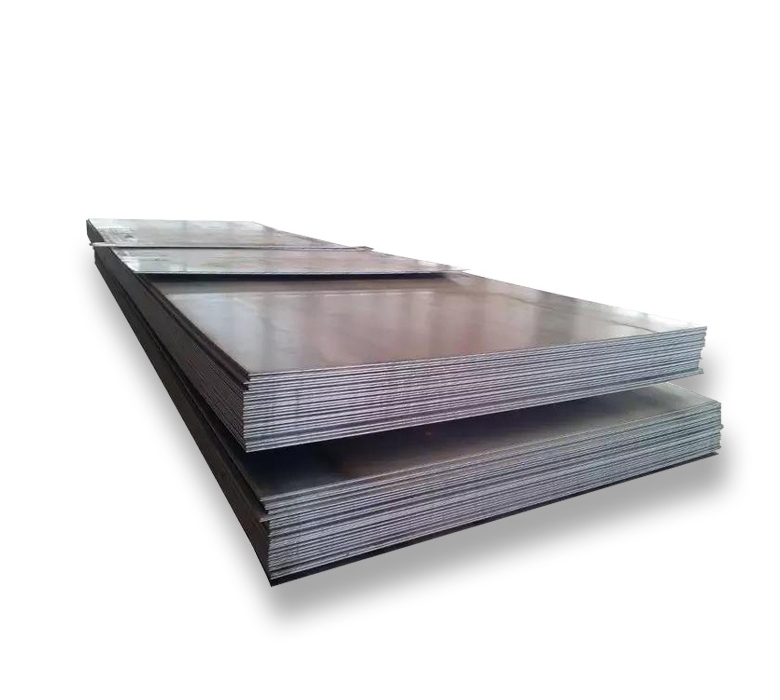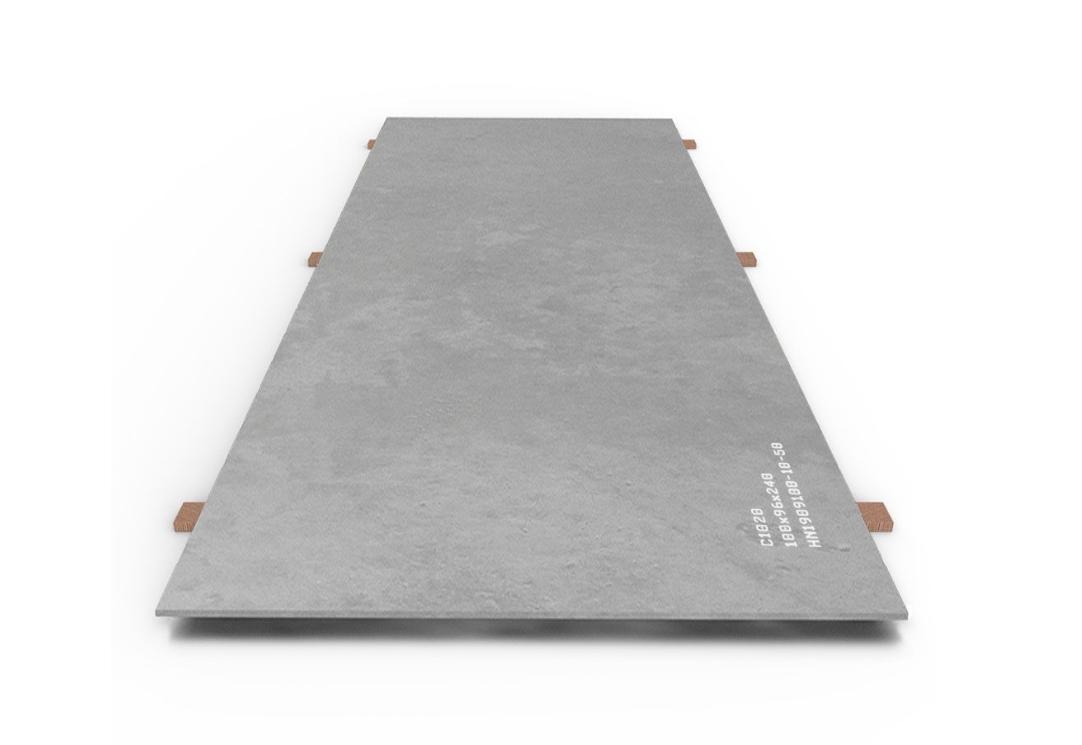Why 1/2 Inch Carbon Steel Plates Are Dominating Industrial Projects
The global demand for 1/2 inch carbon steel metal plates is projected to grow by 6.2% annually through 2026 (Grand View Research, 2024). But here’s the rub: 22% of buyers report costly delays due to mismatched specifications or subpar material quality. Let’s decode how to source these workhorse plates like a pro.
⚠️ Warning: Skipping thickness tolerance checks can lead to weld failures. Even a 0.05” deviation matters in structural applications!
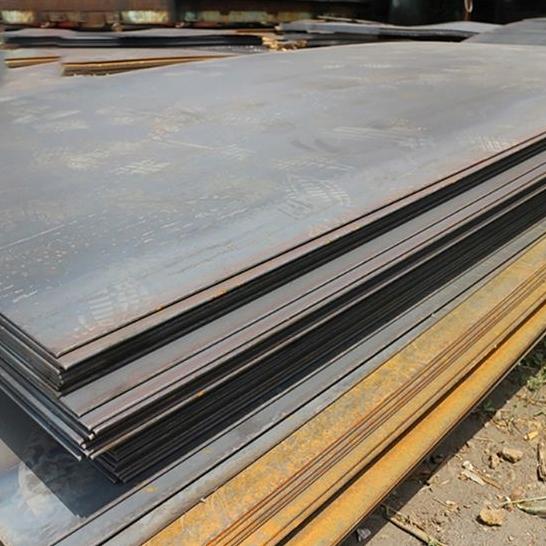
3 Critical Factors When Evaluating Suppliers
1. Certification Compliance
Top suppliers of 1/2 inch carbon steel metal plates must hold ASTM A36/A572 or EN 10025-2 certifications. Last year, I nearly bought plates labeled “A36-equivalent” from a non-certified vendor. Thankfully, a $150 lab test revealed 18% lower yield strength than required.
Key Standards:
- Tensile Strength: 58,000–80,000 psi (ASTM A36)
- Carbon Content: 0.25–0.29% for optimal weldability
2. Dimensional Precision
For 1/2 inch carbon steel plates, even a 5% thickness variance can derail CNC machining. Demand suppliers who guarantee:
- Thickness Tolerance: ±0.015” (ASTM A6/A6M)
- Flatness: ≤0.1” per 3’ length
3. Custom Processing Capabilities
Leading suppliers offer value-added services:
- Plasma Cutting: ±0.005” accuracy for complex shapes
- Shot Blasting: SA 2.5 cleanliness for coating adhesion
- QR Code Tracing: Scan-to-track chemical composition
Supplier A vs. Supplier B: Comparative Analysis
| Criteria | Supplier A | Supplier B |
|---|---|---|
| Price per ton | $980 | $860 |
| Lead Time | 14 days | 28 days |
| Mill Certificates | Provided digitally | Physical copies only |
| Edge Finish | Machined edges | Rough-sheared edges |
Pro Tip: Supplier A’s laser-etched heat numbers prevent mix-ups during large projects.
5-Step Procurement Strategy
- Define Application Needs: Structural? Pressure vessels? Marine?
- Verify Certifications: Cross-check mill test reports (MTRs) online
- Order Samples: Conduct Charpy V-notch tests for impact resistance
- Audit Logistics: Confirm ISO containers for rust prevention
- Negotiate Penalties: 3% rebate for delayed shipments
⚠️ Myth Buster: “Hot-rolled equals inferior quality” is false—modern HR 1/2 inch carbon steel plates often outperform cold-rolled in toughness.
Case Study: Fixing a Bridge Reinforcement Disaster
A Canadian contractor avoided $240k in rework costs by switching to supplier-certified 1/2 inch carbon steel metal plates. Their game-changer? Using plates with ultrasonic testing (UT) reports showing 0% laminations.
Why It Worked:
- Supplier’s 0.28% carbon content optimized weldability in -20°C conditions
- Custom 96” x 240” sizes reduced on-site cutting by 40%
Emerging Trends in Carbon Steel Plates
By 2025, 45% of mills will adopt AI-powered thickness monitoring systems (Steel Manufacturing Today, 2024). Expect these innovations:
- Smart Plates: Embedded sensors detect stress fractures
- E-Coating: Electrostatic primers replace manual painting
LSI Keywords: Carbon steel plate suppliers, ASTM A36 steel plate, half-inch steel plate
Checklist for Buying 1/2 Inch Carbon Steel Metal Plates
✅ Confirm ASTM/EN certifications match your project specs
✅ Verify thickness with digital calipers (min 3 points/plate)
✅ Test samples for sulfur content (<0.05% for welding)
✅ Negotiate FOB terms to control shipping quality
✅ Inspect for mill scale uniformity (affects coating life)
Future-Proofing Your Steel Purchases
While new suppliers pop up daily, prioritize partners offering:
- Batch Traceability: Full melt history access
- Just-In-Time Inventory: Reduces storage costs
- NDT Services: Free ultrasonic testing for critical apps
Pro Insight: During a refinery upgrade, we saved 19% by bundling 1/2 inch carbon steel plates with machining services from the same vendor. Synergy pays!


